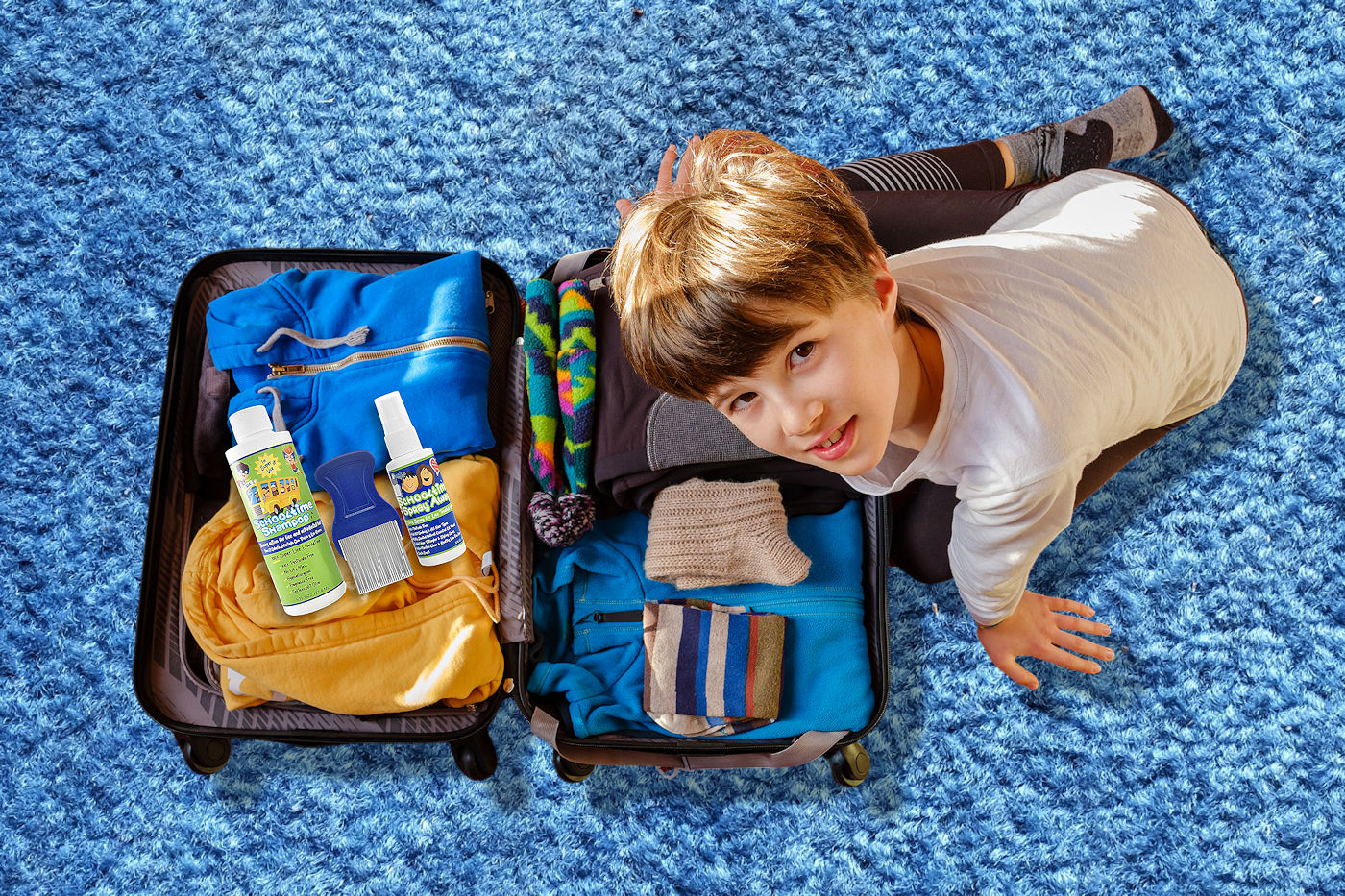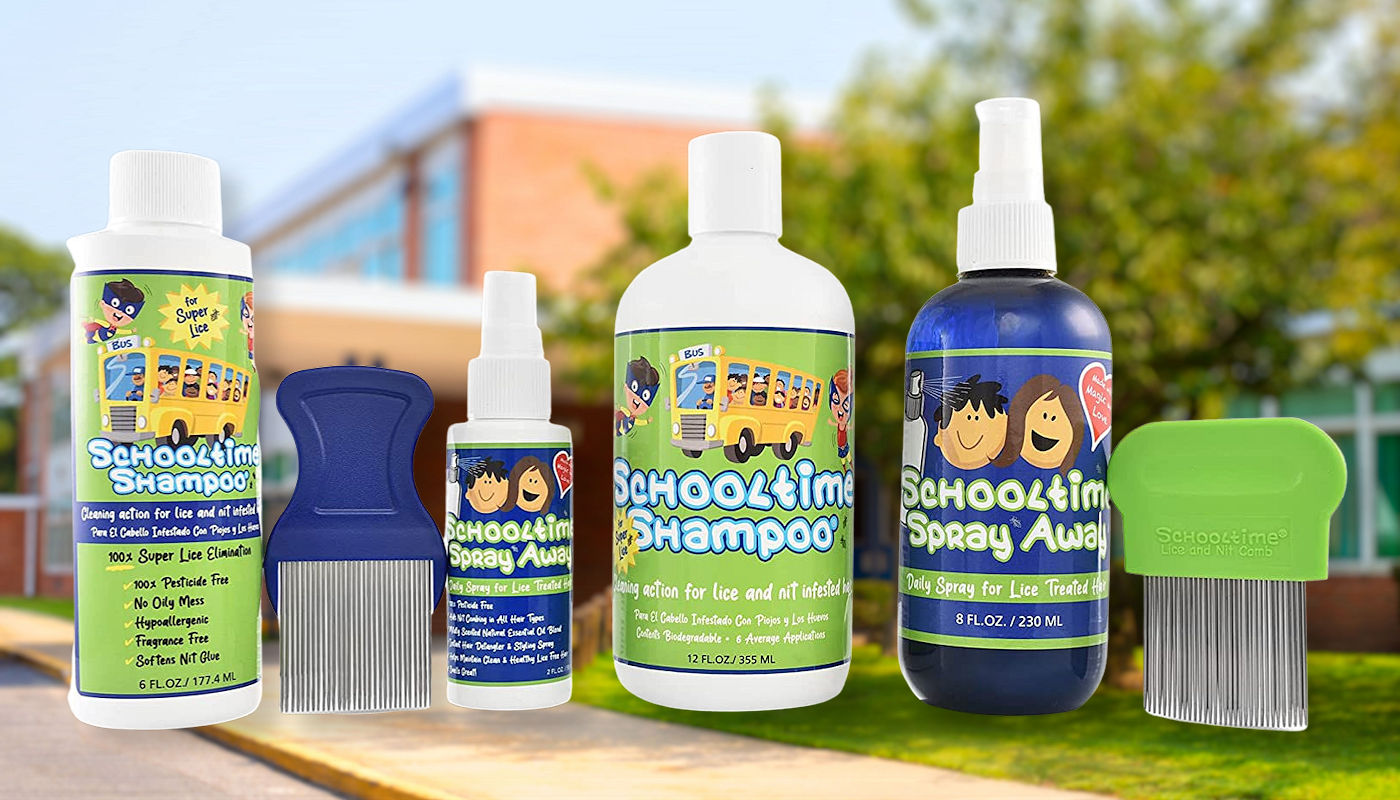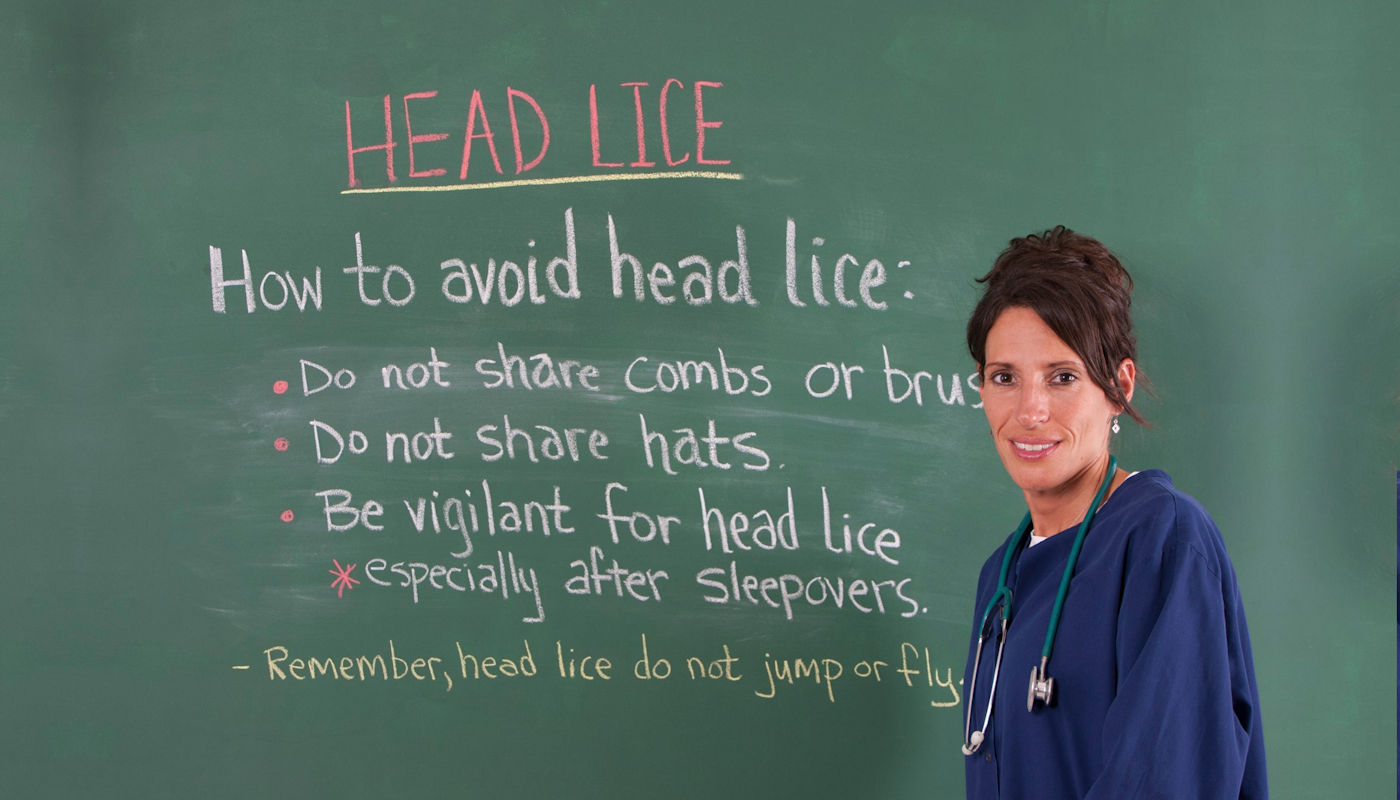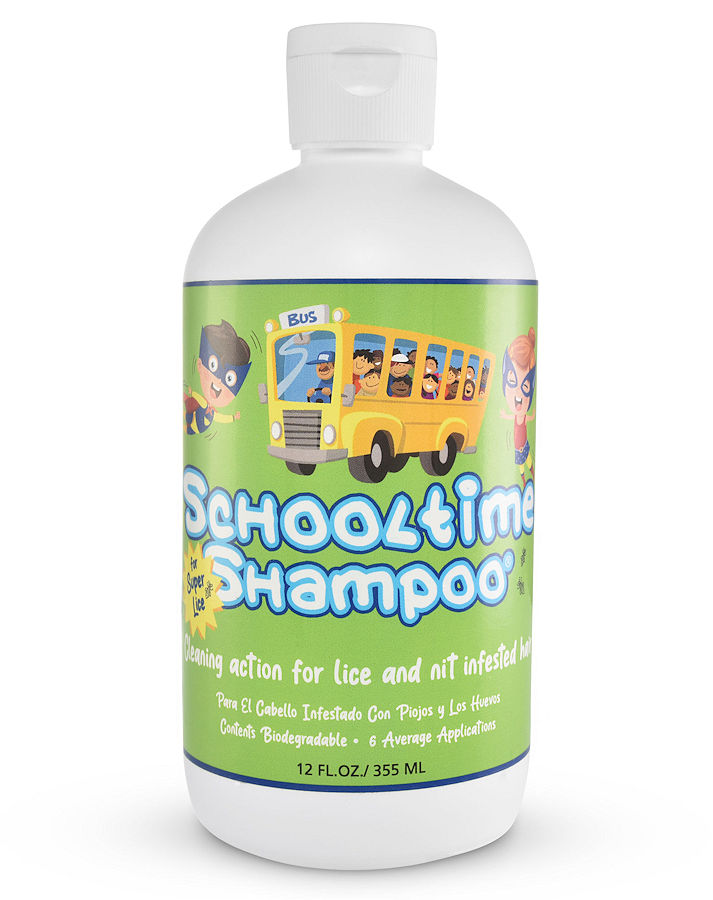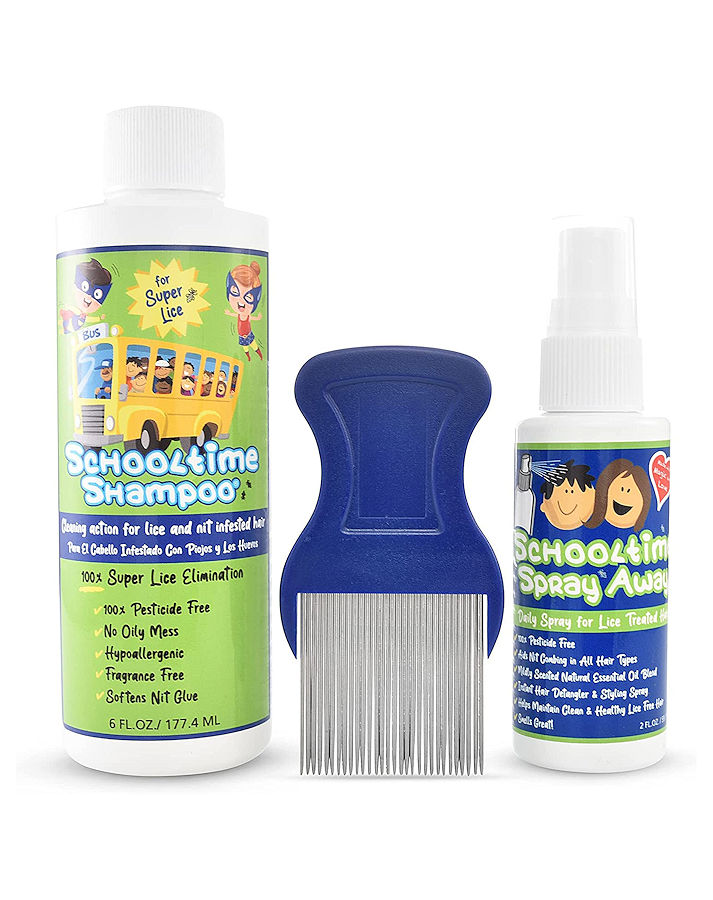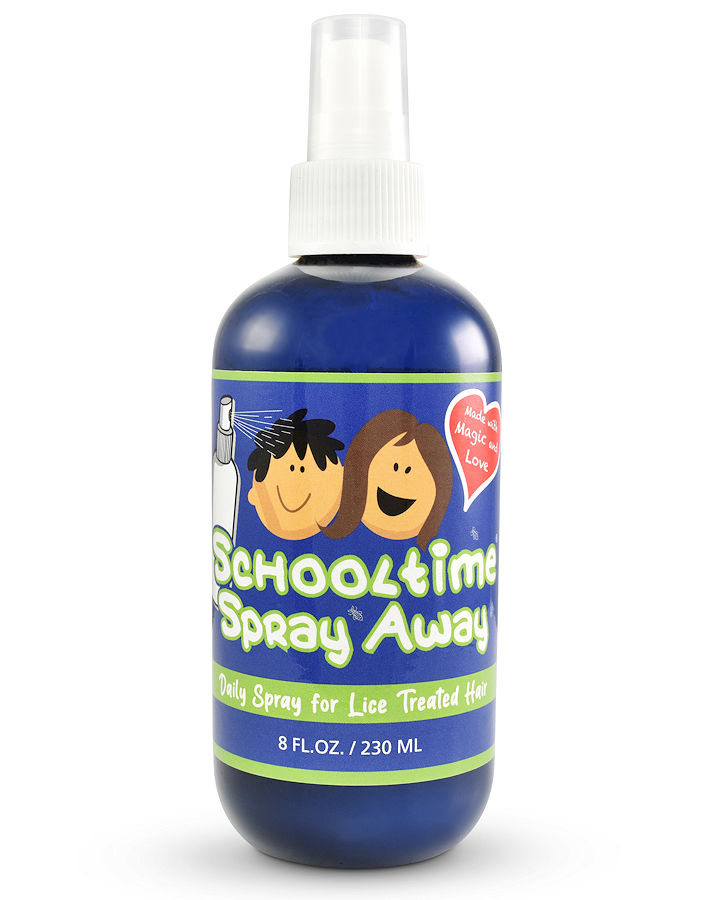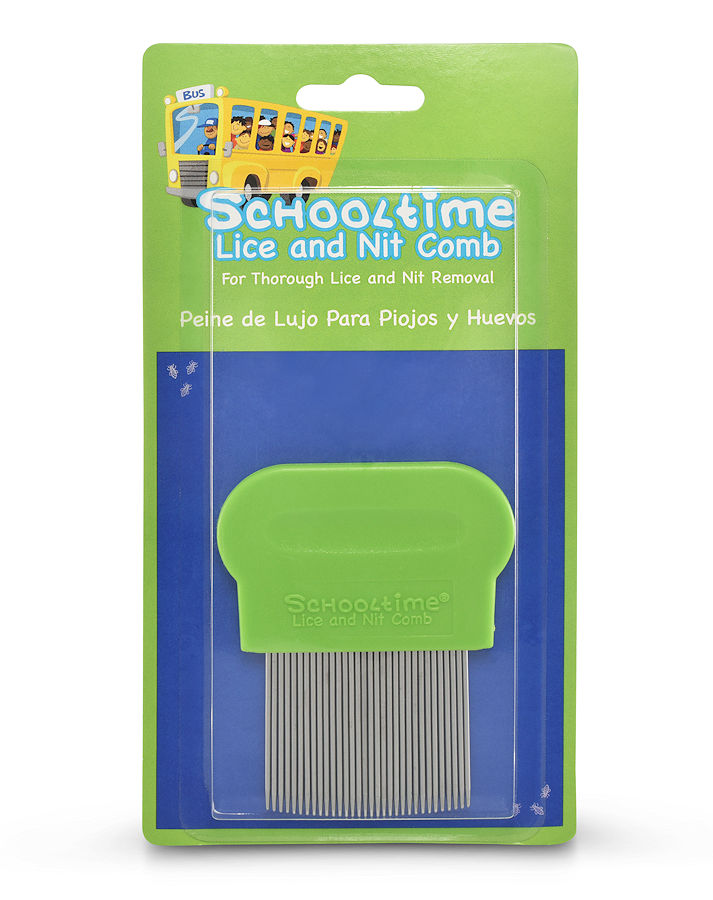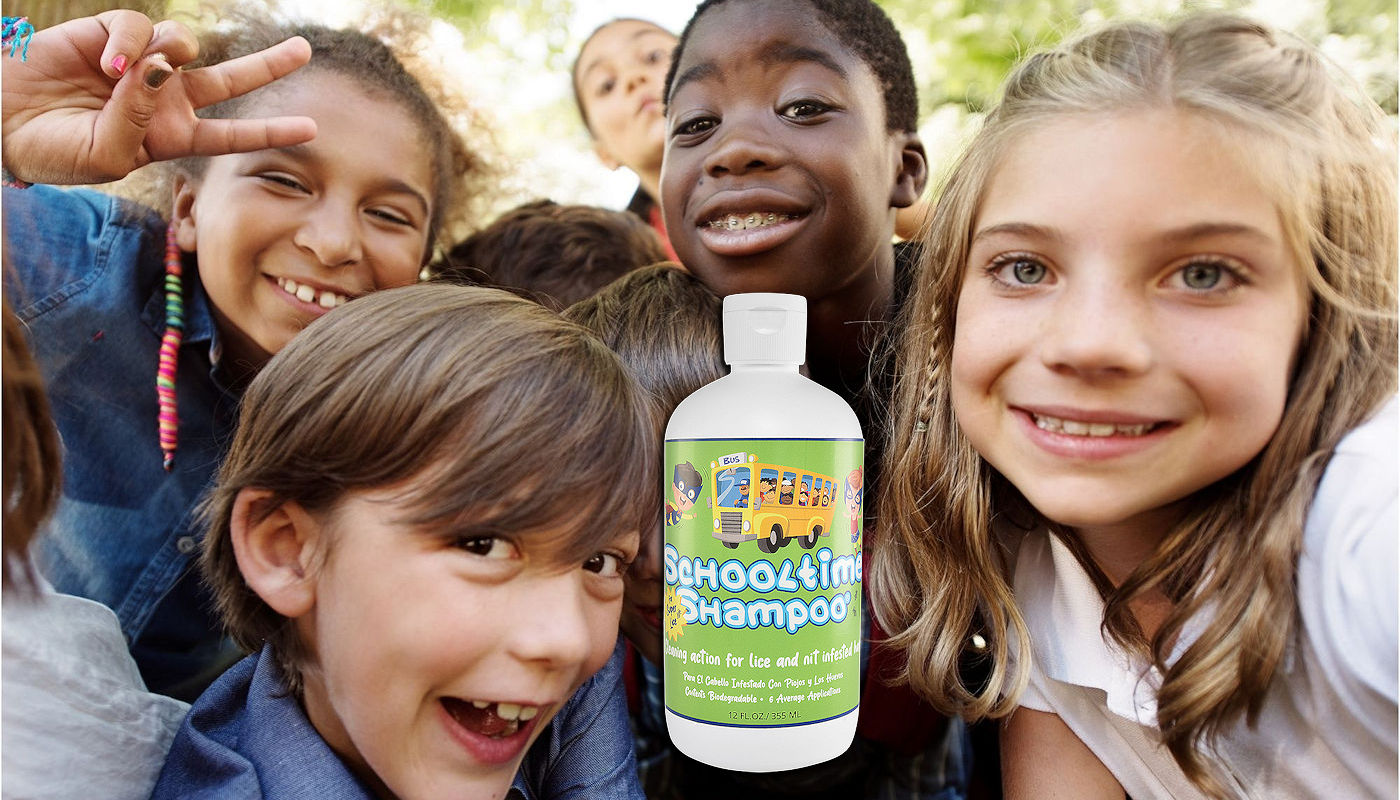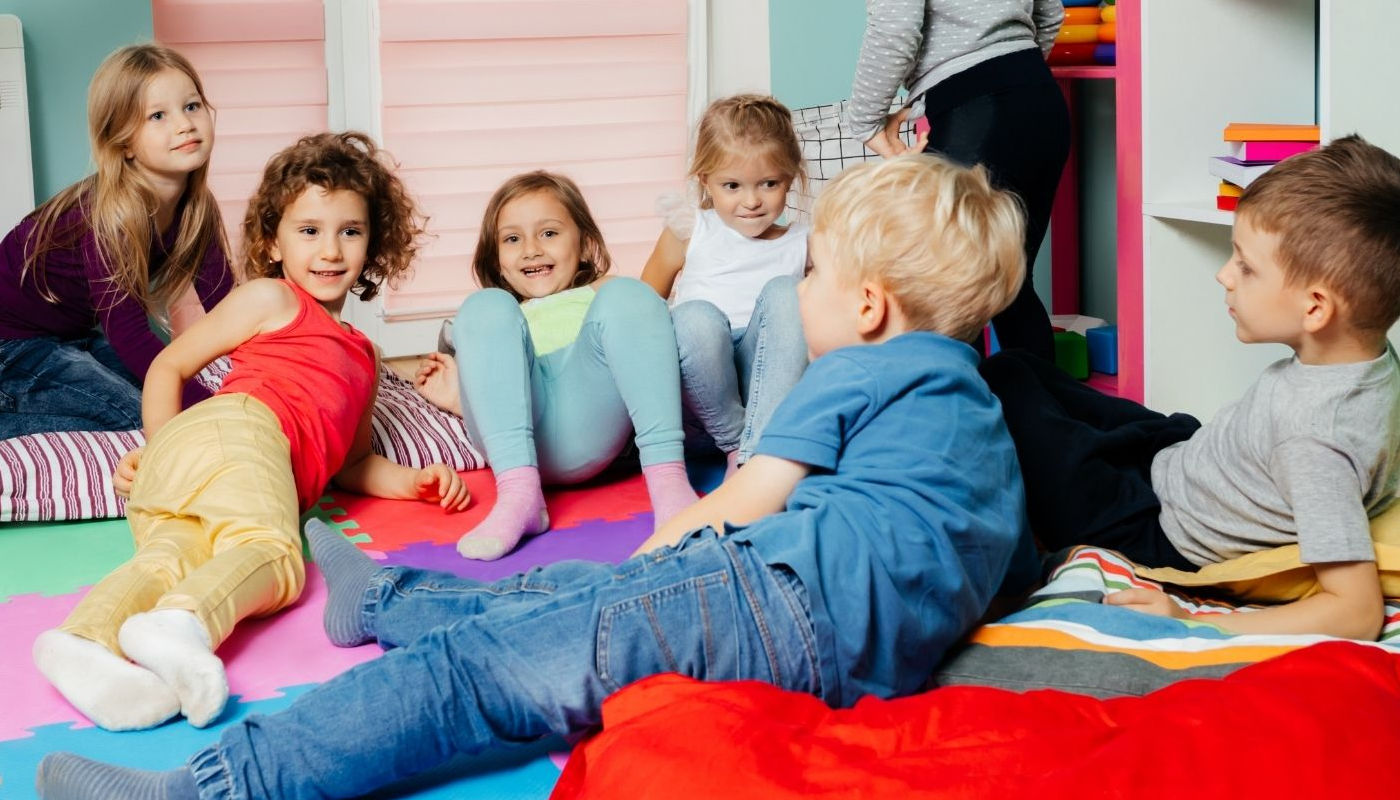

How to Avoid Summer Camp Head Lice Worries
How to Avoid Summer Camp Head Lice Worries
As the school year winds down, you might find your concerns shifting from daily school routines to the upcoming summer camp season. You’ve successfully navigated the school year without a lice outbreak at home, but now the prospect of summer camp looms, bringing with it a new set of worries. Unlike the school year, where daily checks were possible, your child will be away for days at a time, sharing sleeping quarters and engaging in close contact activities that could potentially increase the risk of a lice infestation.
Receiving a call informing you that your child has contracted head lice is a situation no parent wants to face. Even worse is the realization that your child has brought lice into your home. Both scenarios are undesirable, with the latter being particularly distressing. [1]
What are Head Lice and where do you find them?
Head lice are parasitic insects that inhabit a person’s scalp, behind the ears, and near the neckline at the back of the neck. In some cases, they can even be found on eyebrows and eyelashes. They are most prevalent among preschool and elementary school children. Lice eggs, or nits, are tiny – about the size of a knot in thread – and can be difficult to spot. They are often mistaken for dandruff or hair spray droplets.
Keep your head lice infestation in perspective.
While head lice do not spread disease, they are a tremendous nuisance that can cause significant discomfort. Discovering that your child has head lice can be upsetting, even angering. However, it’s important to remember that contracting head lice is a common occurrence and is not indicative of poor hygiene or parenting. Good health, hygiene habits, and a clean home or school environment do not prevent head lice infestations.
Who gets head lice?
Head lice can affect anyone who comes into head-to-head contact with an infested individual. Children aged 3 to 11 years are most susceptible. Household members of an infested individual are also at risk. Less commonly, lice can spread through contact with personal items such as hats, scarves, coats, or hair ribbons recently used by an infested person. It’s rare for lice to spread by using someone else’s combs or brushes, as lice struggle to cling to smooth surfaces. Similarly, it’s uncommon for lice to spread via a pillow or bed recently used by an infested person.
Head lice are NOT your pet’s fault!
As you tackle a head lice problem, remember that your pets are not to blame. Dogs and cats do not contract or spread human lice. Lice are species-specific parasites that feed exclusively on the blood of their chosen host. While your child’s head lice may spread to another family member, your pets will remain unaffected. Human head lice require human blood to survive, just as dog lice require dog blood, and so forth. [1]
Immediate treatment for head lice is essential.
Prompt treatment for head lice is crucial. If your child or any other family member contracts head lice, it’s important to act immediately. Various treatments are available over the counter or by prescription. The CDC website offers more information on treating individuals and households. If your child contracts head lice, notify their camp or school immediately so that others can check their children. The CDC advises against treating individuals who do not have a confirmed case of head lice. [1]
Check the Camp’s Head Lice Policy
When selecting a camp, it’s important to understand their head lice policy. Some camps have no-nit policies, others have no active lice policies. There are even some that will not admit a child unless they pass a check for head lice [3]. Many summer camps do offer head lice prevention programs [4]. For overnight camps, it is recommended that all campers receive a head lice screening by a professional lice service. Camp staff should be checked as well upon arrival at camp [3].
In terms of staff training, camps should ensure that the health care, nursing, and medical staff are familiar with lice identification and the camp’s response protocols. They should also teach and practice appropriate lice screening procedures [2]. Remember, communication is critical. Establish a policy about who you will inform if an infestation occurs. Be prepared with key messages and facts. It’s important to keep in mind that head lice infestations are common and not a reflection of poor hygiene or parenting [2].
Resources
Schooltime® 3-Piece
Lice Elimination Travel Kit
Don’t leave home without it!
Kit contains a 6 oz Bottle of Schooltime Shampoo, a 2 oz Bottle of Spray Away Instant Hair De-Tangler, and the Schooltime Stainless Steel Comb. The Hair detangler for easy combouts, anti frizz, or daily leave in styling spray to help maintain lice free hair and scalp.
What Schooltime® Customers Say

J. Mayfield
“I was tired of using harsh lice shampoos on my daughter, especially since they did not work. Schooltime Shampoo® got rid of the lice and was gentle to use.”

N. Paul
“My three year old daughter recently changed daycares, and one of the first things she came home with was headlice. I had the opportunity to use your product and truly believe that it is wonderful.”

T. Gullett
“I was very impressed with the shampoo. It contained no harmful chemicals, yet it rid two of my student’s hair of lice and left the hair soft, shiny and healthy looking.”

